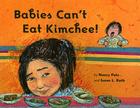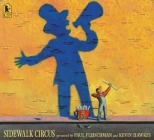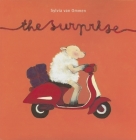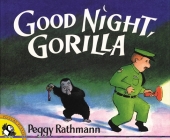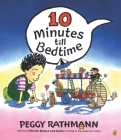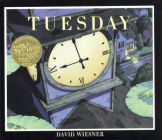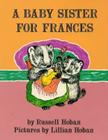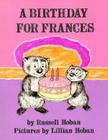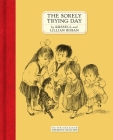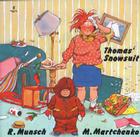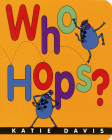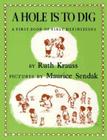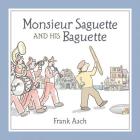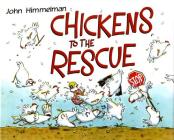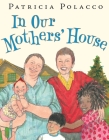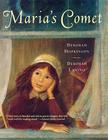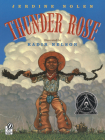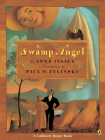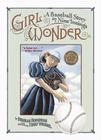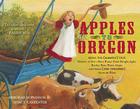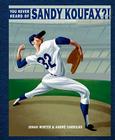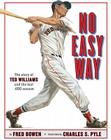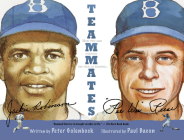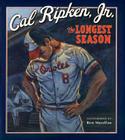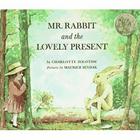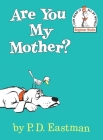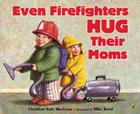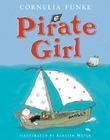I don't think you're taking the window/mirror thing too far -- and I love your assessments of Lizzie and Mona's reading habits. I'm looking forward to seeing what Eleanor and Isabel gravitate towards as they get older.
This morning, everyone woke up too early and we ran out of milk and there was some general grumpiness (mostly from me), and then Eleanor completely lifted the mood by putting on a CD she's been listening to a lot these days: Sandra Boynton's Philadelphia Chickens (a collaboration with composer Michael Ford).
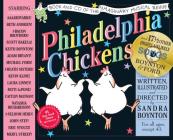
Philadelphia Chickens
It comes with an accompanying book, with fabulous Boynton drawings and the lyrics and music to all the songs, and I've had it stuck in my head all day. Patti LuPone singing "I Like to Fuss"; Laura Linney singing "Please Can I Keep It," about a big animal that follows a kid home; Kevin Kline singing a patter song about being really busy -- it goes on and on in great goofy, catchy style, with an all-star cast. (If you're a fan of The Belly Button Book or Snuggle Puppy, this album gives you handy tunes for the songs in each. And "Snuggle Puppy" is sung by Eric Stoltz. Sigh.)
Boynton is so unabashedly silly, and so prolific, that I figure most parents have at least some of her books, but I thought I'd mention a couple of our favorites, both of which involve counting:
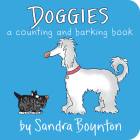
Doggies: A Counting and Barking Book
Doggies is one of the first books we read to Eleanor regularly. On each page, a new dog is counted, and barks an appropriate number of times (1=Woof! 2=Yap yap! 3=nnn...nnn...nnn, etc.). On the page for number 9, all the dogs howl -- this used to send Eleanor into paroxysms of laughter. We're now all reading it together to Isabel, who seems intrigued.

Hippos Go Berserk!
Boynton's hippos have this manic look in their eyes when they're running to a party -- a party that grows and grows as the book goes on, first adding hippos, then subtracting them, and in the middle having a giant dance party (we always make the book dance at this point, and sing a little tune). This one also begins to get at the concept of addition: we recently had a conversation with Eleanor about how many hippos there are at the party, sparked by the last line of the book ("One hippo, alone once more/Misses the other forty-four.").
There are so many other great Boynton books. And, I'm sure, other great counting/numbers books. What would you recommend on either front?
Love, Annie

